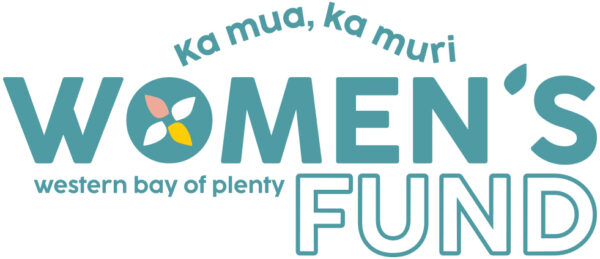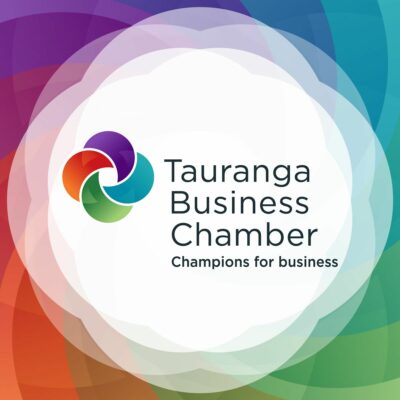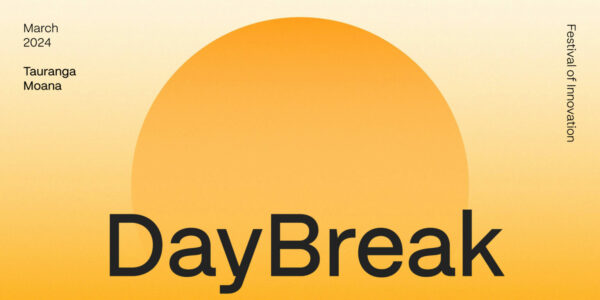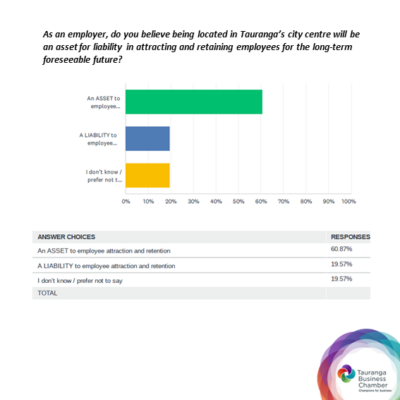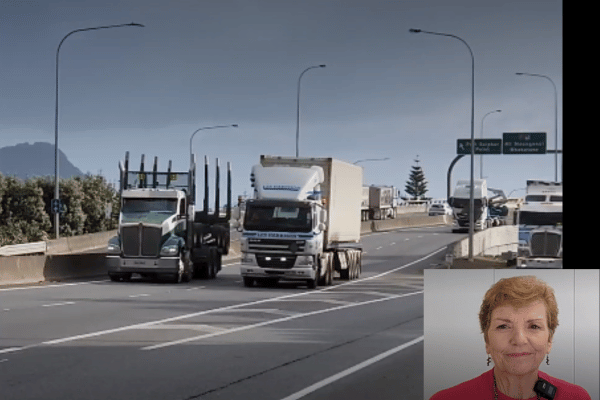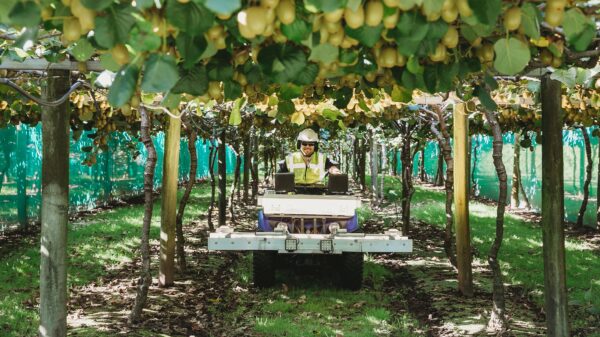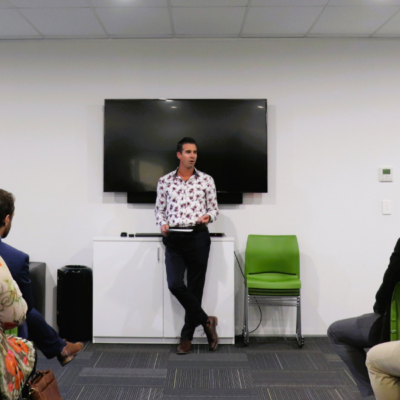Much like the age-old philosophical question about the chicken and the egg, employers have been frequently asking recently about whether a migrant needs to have a work visa before they can be offered a job, or whether it’s the job offer that then leads to the work visa. Erin Goodhue of Goodhue Immigration explains the intricacies of the immigration landscape, and what you need to be aware of.
With the introduction of the new accredited employer scheme in May last year, it’s easy to see how there’s so much confusion around which comes first—the work visa or the job. The shift to the employer-led model of the new accreditation scheme—implemented in May last year and the very scheme that has recently been featuring in headlines in relation to cases of migrant exploitation—now means there are two extra application steps that need to be completed by an employer before a migrant can apply for a work visa; first, an employer must become accredited with Immigration New Zealand and, second, an employer must submit a Job Check application to demonstrate that they’ve advertised their vacancy but were not able to recruit any suitable New Zealanders for the role and they therefore wish to hire a migrant. Only once the employer has become accredited and the Job Check application has been approved can a migrant then apply for a work visa.
So, the short answer to the ‘chicken or the egg question’ is, the job offer must come first.
But it can’t be just any job offer.
Criteria for job offers
In most cases, a Job Check will only be approved, and an Accredited Employer work visa granted, when the offered remuneration is at or above the median wage (currently $29.66 per hour and set to increase again from February 2024), with exceptions for some roles in particular industries. The role must also be for at least 30 guaranteed hours per week. There are also some very specific criteria that must be met when applying for a Job Check, once you’ve advertised the job but haven’t been able to recruit a suitable New Zealander and want to offer the job to a migrant. The job needs to have been advertised via a platform such as Seek or Trade Me Jobs, for at least 14 days in the past 90 days. The job ad also needs to have included some very specific details, including a description of the tasks, potential remuneration, hours and skills and experience required.
Feedback from employers is that this is quite a few hoops to jump through and beleaguered employers are undoubtedly facing more compliance costs, time delays in visa processing and more bureaucratic red-tape at a time when they are struggling to find suitable candidates to fill their vacancies.
Reach out for immigration advice
As the need to attract offshore talent remains critical to New Zealand, it’s key for employers to note that, for the vast majority of migrant job-seekers, a job offer is required before they can submit a work visa application. And that job offer needs to have first been approved by Immigration New Zealand via a Job Check to facilitate the work visa application.
If you’re feeling baffled by the complexities of the Accredited Employer and Job Check processes and are seeking some guidance from a local immigration adviser, get in touch with Goodhue Immigration for advice on how to make the process of recruiting migrant workers seamless and hassle-free.

The advice, tips and information provided in our articles are intended for general informational purposes only. Therefore, the advice should not be considered as a substitute for professional guidance or consultation.
